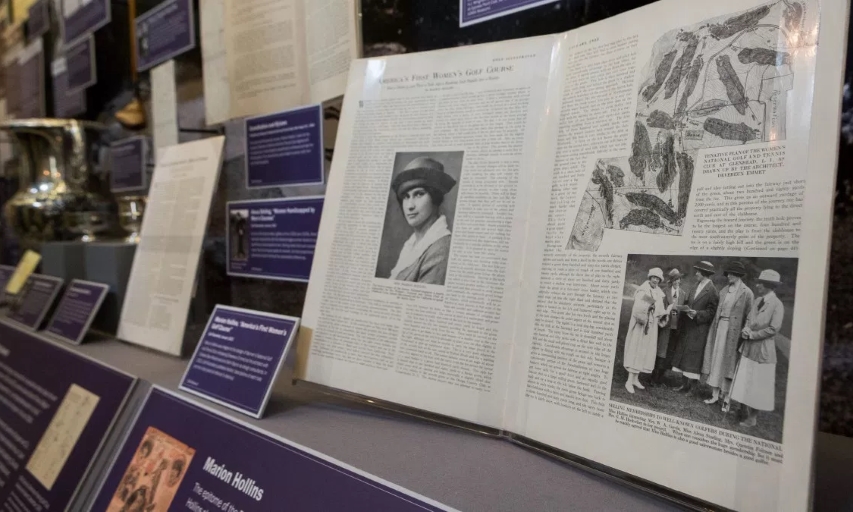Celebrating Women’s Influence In Golf Course Architecture
- Details
- Category: Inside Golf
- Published: 2017-07-13

(Video screen grab from USGA)
Intrinsic to the game, the golf course is the greatest determinant of a player’s experience. An architect’s design not only impacts how a course looks, but how a golfer plays each hole.
Historically, courses have largely been designed for the expert male golfer, but women too have played a significant, if underappreciated role. Two of the most prominent female architects, Alice Dye and Jan Bel Jan, were on the forefront as they influenced golf course design theory and created more equitable and enjoyable experiences for all.
The USGA’s new exhibit, “Breaking New Ground: Women and Golf Course Architecture,” recounts unique narratives of female leadership, initiative and innovation on this topic. The exhibit opens on July 12 at the USGA Golf Museum in Liberty Corner, N.J. – during the week of the U.S. Women’s Open in nearby Bedminster, N.J. – and runs through the end of 2018.
Women in the early 20th century played their championships at almost the same yardage as men. In 1930, the U.S. Women’s Amateur course measured 6,635 yards, while the U.S. Open was 6,672. Female players were thus forced to navigate hazards and approach greens from distances not originally intended by the design of the hole.
Thankfully, those course setup philosophies have changed.
In 2014, the U.S. Open and U.S. Women’s Open were played in consecutive weeks on the same golf course – Pinehurst No. 2. Par was 70 for both championships, but the course played approximately 900 yards shorter for the Women’s Open, adjusting for the differences in swing speeds to create similar shot values. These championships demonstrated how one course could be adapted through proportional tee placements to produce a challenging, yet enjoyable playing experience for all competitors.
Today, as the golf industry embraces initiatives to increase accessibility, Dye and Bel Jan, along with industry movers-and-shakers Arthur Little and Jan Leeming, have promoted the concept of “Design Fairness,” focusing on providing an equal challenge for participants of all levels.
Many of the courses they have worked on have seen an increase in the number of rounds played – mostly by women, juniors and seniors. Not only has this helped the financial sustainability of these courses, but pace of play has improved by 15 to 30 minutes per round.
The conclusion? Every golfer benefits when golf course design takes the needs of more diverse groups into consideration.



